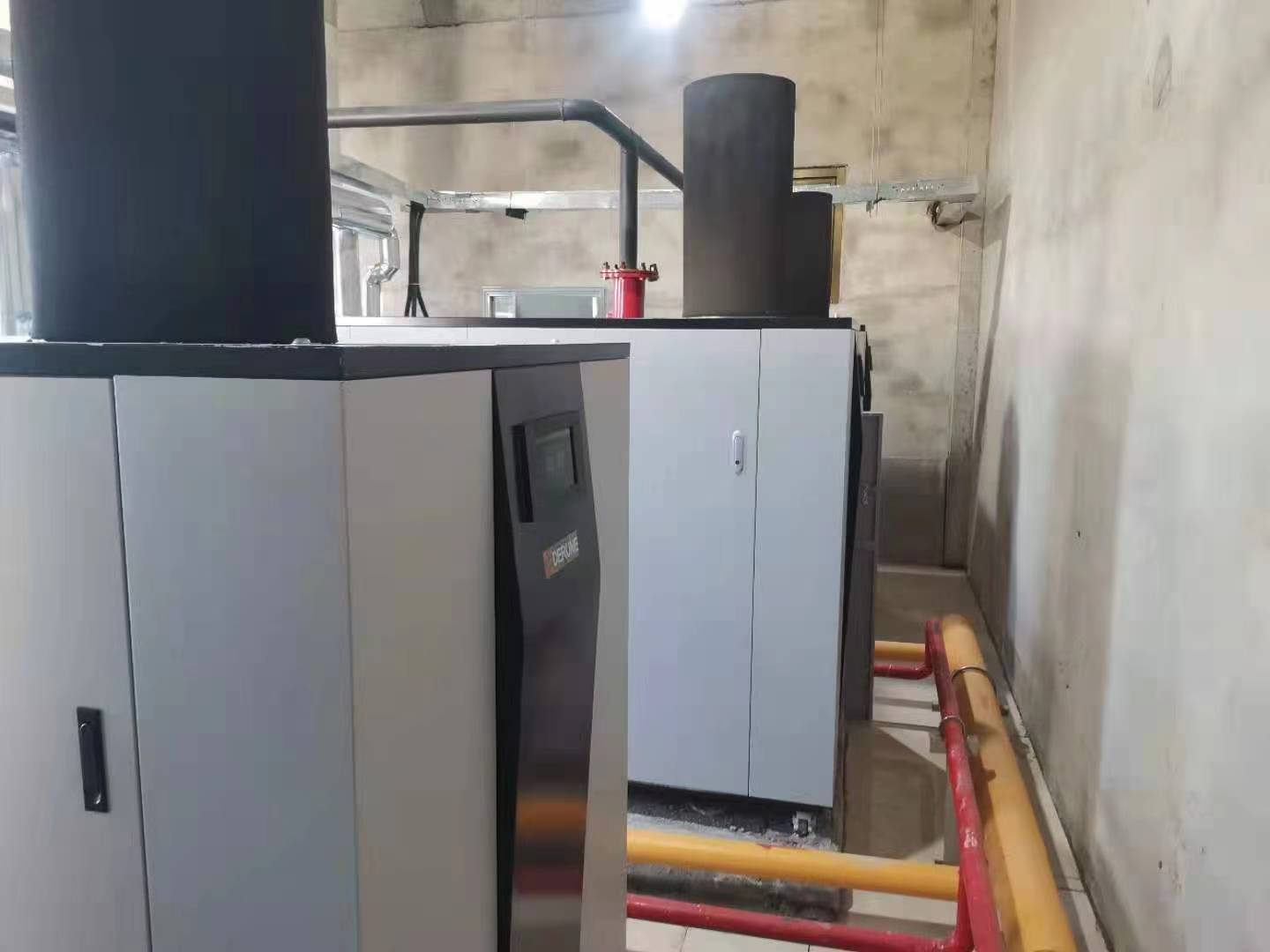- Afrikaans
- Albanian
- Amharic
- Arabic
- Armenian
- Azerbaijani
- Basque
- Belarusian
- Bengali
- Bosnian
- Bulgarian
- Catalan
- Cebuano
- China
- China (Taiwan)
- Corsican
- Croatian
- Czech
- Danish
- Dutch
- English
- Esperanto
- Estonian
- Finnish
- French
- Frisian
- Galician
- Georgian
- German
- Greek
- Gujarati
- Haitian Creole
- hausa
- hawaiian
- Hebrew
- Hindi
- Miao
- Hungarian
- Icelandic
- igbo
- Indonesian
- irish
- Italian
- Japanese
- Javanese
- Kannada
- kazakh
- Khmer
- Rwandese
- Korean
- Kurdish
- Kyrgyz
- Lao
- Latin
- Latvian
- Lithuanian
- Luxembourgish
- Macedonian
- Malgashi
- Malay
- Malayalam
- Maltese
- Maori
- Marathi
- Mongolian
- Myanmar
- Nepali
- Norwegian
- Norwegian
- Occitan
- Pashto
- Persian
- Polish
- Portuguese
- Punjabi
- Romanian
- Russian
- Samoan
- Scottish Gaelic
- Serbian
- Sesotho
- Shona
- Sindhi
- Sinhala
- Slovak
- Slovenian
- Somali
- Spanish
- Sundanese
- Swahili
- Swedish
- Tagalog
- Tajik
- Tamil
- Tatar
- Telugu
- Thai
- Turkish
- Turkmen
- Ukrainian
- Urdu
- Uighur
- Uzbek
- Vietnamese
- Welsh
- Bantu
- Yiddish
- Yoruba
- Zulu
Oct . 03, 2024 11:14 Back to list
gray and ductile iron
Gray and ductile iron are two types of cast iron that play significant roles in various industrial applications due to their unique properties and advantages.
Gray iron, named for its gray fracture surface, is characterized by its high castability and machinability. The distinct microstructure of gray iron, which consists of graphite flakes dispersed throughout the iron matrix, grants it excellent wear resistance and good damping properties. These attributes make gray iron ideal for applications where vibration absorption is critical, such as in engine blocks, machine bases, and pipes. However, it is comparatively brittle, which may limit its use in structural applications subjected to considerable tensile stress.
On the other hand, ductile iron, also known as nodular cast iron or spheroidal graphite iron, features a more advanced microstructure. The graphite in ductile iron forms in a nodular shape, which significantly enhances its strength and ductility compared to gray iron. This transformation occurs through the addition of small amounts of alloying elements, such as magnesium, during the casting process. As a result, ductile iron exhibits high tensile strength, toughness, and excellent resistance to impact and fatigue stress. These properties allow for a wider range of applications, including heavy-load components such as gears, crankshafts, and automotive suspension parts.
gray and ductile iron

The production processes for gray and ductile iron are relatively similar, involving melting iron and adding alloying elements, but the key differences lie in the treatment of the molten iron
. The addition of magnesium for ductile iron requires precise control, and the production necessitates specific casting techniques to ensure the desired microstructure is achieved.Both gray and ductile iron are environmentally advantageous materials. They can be produced using recycled scrap metal, making them more sustainable than many other materials. Furthermore, they exhibit good corrosion resistance when properly treated, prolonging the life of components manufactured from these materials.
In conclusion, gray and ductile iron serve crucial roles in modern engineering and manufacturing due to their distinctive properties. Gray iron’s excellent wear resistance and damping capacity make it suitable for vibration-critical applications, while ductile iron’s superior strength and ductility allow for use in high-stress environments. Understanding the differences between these two materials enables engineers and designers to make informed choices that enhance product performance and durability.
-
8mm Thin-Walled Cast Steel Manhole Cover Pallet Bottom Ring | Durable
NewsAug.04,2025
-
Premium Cast Iron Water Main Pipe: Durable, Corrosion-Resistant
NewsAug.03,2025
-
Durable Cast Iron Water Mains | AI-Optimized Systems
NewsAug.02,2025
-
High-Efficiency Propane Boiler for Baseboard Heat | Save Energy
NewsAug.01,2025
-
Premium Source Suppliers for Various Gray Iron Castings
NewsJul.31,2025
-
Durable Cast Iron Water Main Pipes | Long-Lasting
NewsJul.31,2025


